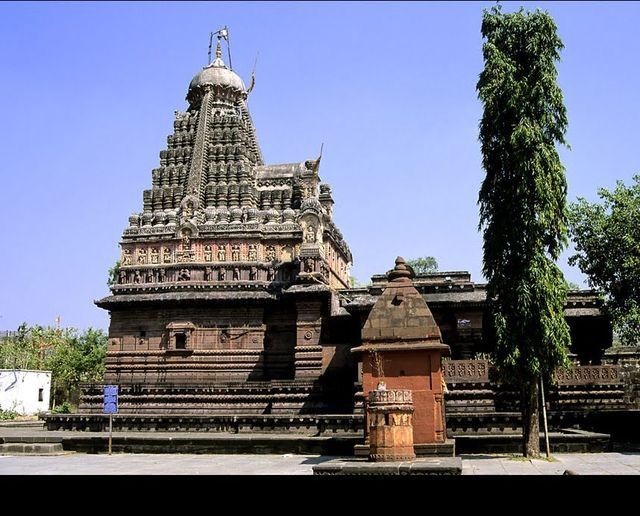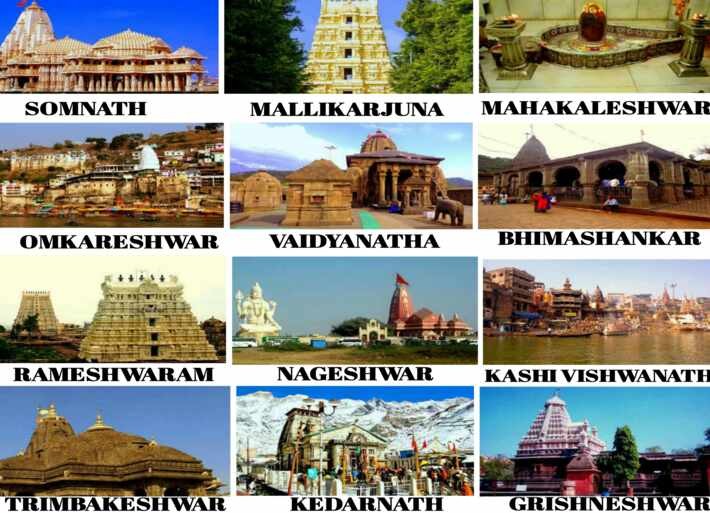India, with its rich spiritual heritage and deep-rooted religious traditions, is home to numerous sacred sites. Among these, the 12 Jyotirlingas hold a particularly exalted status in Hinduism. These Jyotirlingas are shrines dedicated to Lord Shiva, one of the principal deities in the Hindu trinity. According to the Shiva Purana, these Jyotirlingas are manifestations of Lord Shiva himself in the form of a lingam of light (Jyoti). It is believed that visiting all 12 Jyotirlingas grants liberation (moksha) and immense spiritual blessings.
Location: Prabhas Patan, near Veraval in Saurashtra, Gujarat
Significance: Considered the first among the twelve, Somnath is believed to be the place where the Moon God (Soma) was relieved from a curse.
Legend: According to legend, Soma was cursed by his father-in-law Daksha and prayed to Lord Shiva here to regain his lost radiance. Shiva manifested as Somnath and restored Soma’s glory.
Highlights: The temple has been destroyed and rebuilt multiple times, standing as a symbol of resilience and faith.
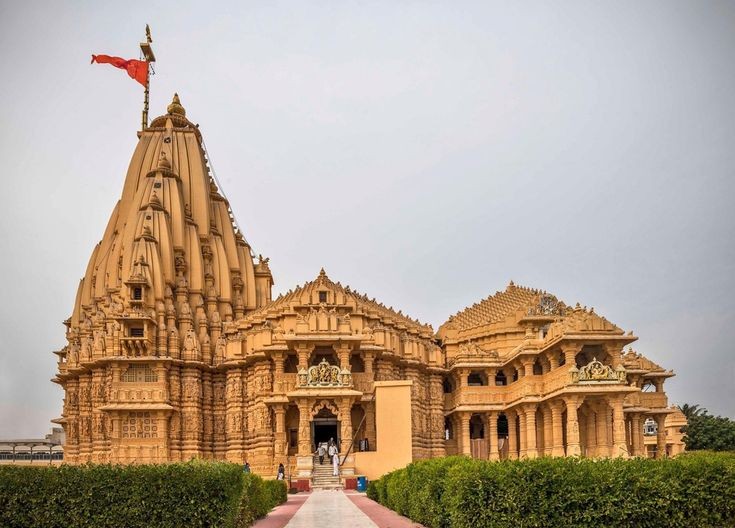
Location: Srisailam, Andhra Pradesh
Significance: One of the few shrines where both Shiva and Parvati are worshipped together.
Legend: When Shiva and Parvati followed their son Kartikeya to pacify him after a familial dispute, they settled at Srisailam.
Highlights: Nestled in the Nallamala hills, it is also one of the Shakti Peethas.
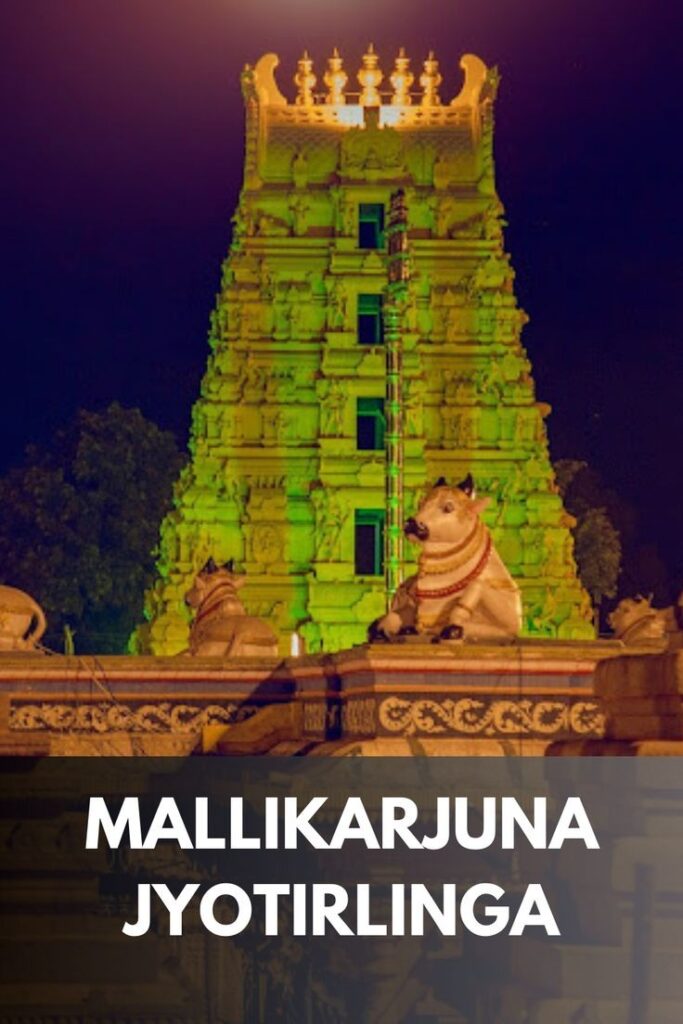
Location: Ujjain, Madhya Pradesh
Significance: Unique for its Dakshinamukhi (south-facing) lingam, which is considered powerful and auspicious.
Legend: A demon named Dushana was tormenting devotees, and Shiva appeared from the ground to vanquish him.
Highlights: The Bhasma Aarti performed here is world-renowned.
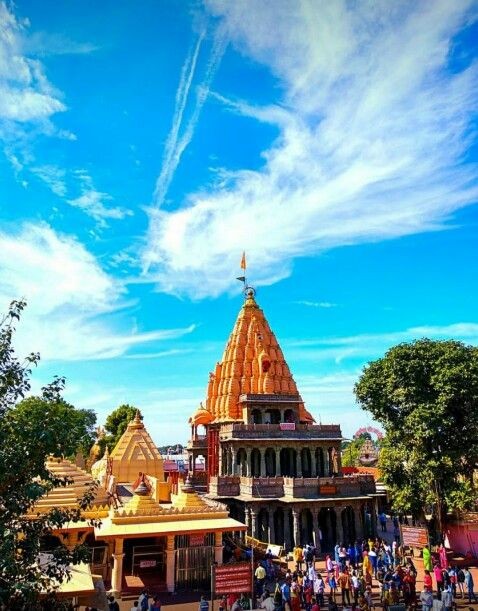
Location: Mandhata Island on the Narmada River, Madhya Pradesh
Significance: The island is naturally shaped like the sacred Hindu symbol “Om”.
Legend: According to mythology, the gods worshipped Shiva to defeat demons, and he manifested as Omkareshwar.
Highlights: There are actually two temples here – Omkareshwar and Amaleshwar.
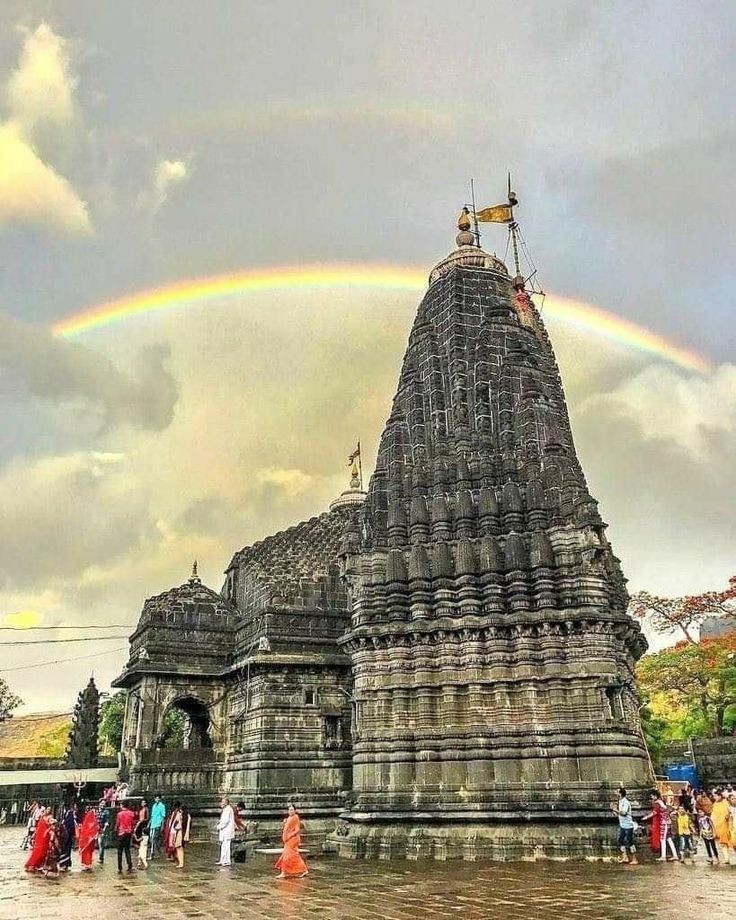
Location: Kedarnath, Uttarakhand
Significance: Situated in the Himalayas, it is one of the most remote and revered shrines.
Legend: After the Mahabharata war, the Pandavas sought Shiva’s forgiveness. Shiva eluded them and later manifested here as a Jyotirlinga.
Highlights: Part of the Char Dham Yatra, it’s accessible only for a few months a year due to snow.
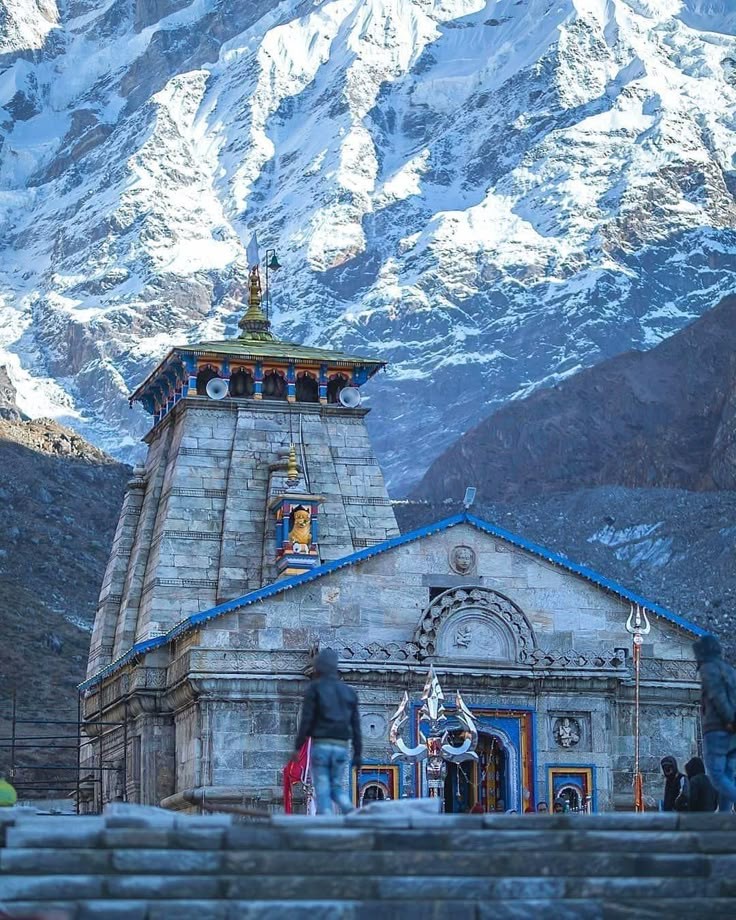
Location: Pune district, Maharashtra
Significance: Set amidst dense forests of the Western Ghats.
Legend: Shiva took the form of Bhimashankar to kill the demon Tripurasura.
Highlights: The area is a biodiversity hotspot and part of the Bhimashankar Wildlife Sanctuary.
Location: Pune district, Maharashtra
Significance: Set amidst dense forests of the Western Ghats.
Legend: Shiva took the form of Bhimashankar to kill the demon Tripurasura.
Highlights: The area is a biodiversity hotspot and part of the Bhimashankar Wildlife Sanctuary
Location: Varanasi, Uttar Pradesh
Significance: Said to be the most spiritually powerful of all Jyotirlingas.
Legend: It is believed that Lord Shiva himself resides in Kashi and that dying here grants liberation.
Highlights: The temple was rebuilt by Ahilyabai Holkar in the 18th century. The Ganga River adds to the sanctity of the place.
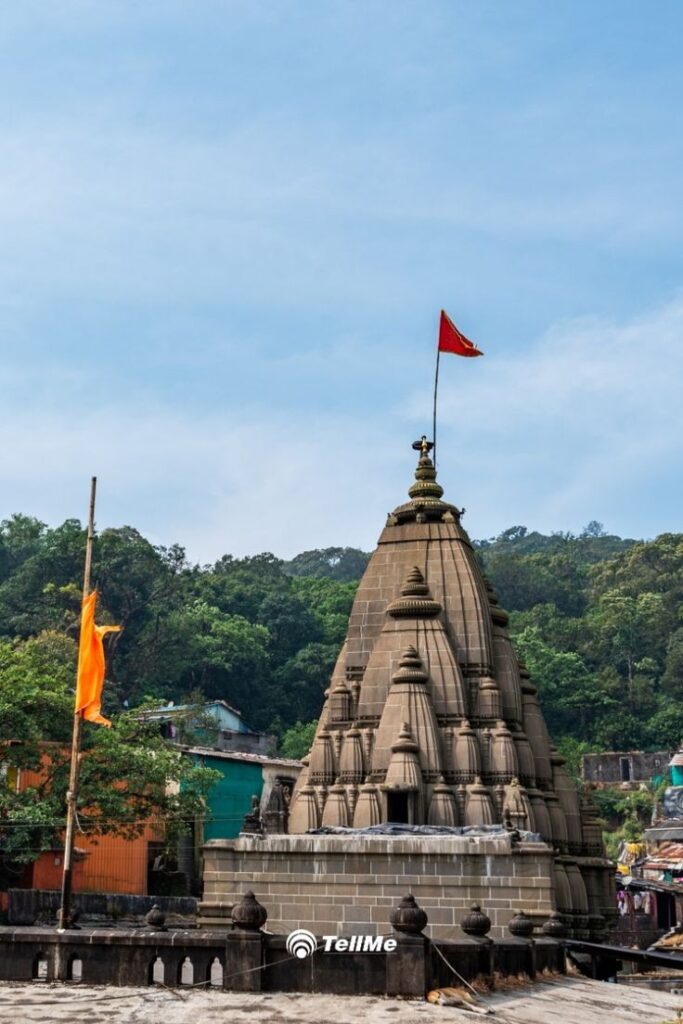
Location: Trimbak near Nashik, Maharashtra
Significance: Origin point of the holy Godavari River.
Legend: It is said that Lord Shiva stayed here to fulfill the prayers of Gautam Rishi, making the area sacred.
Highlights: The lingam has three faces symbolizing Brahma, Vishnu, and Shiva.
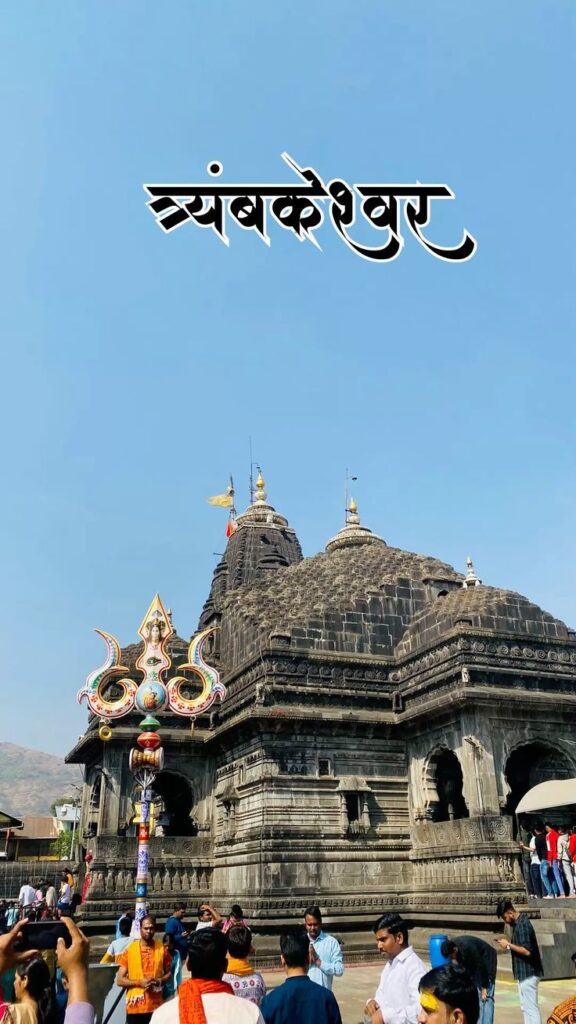
Location: Deoghar, Jharkhand
Significance: Also known as Baidyanath, it is associated with Ravana’s intense devotion.
Legend: Ravana offered his ten heads to Shiva, and Shiva appeared here as a healer (Vaidya).
Highlights: One of the most visited temples during the Shravan month.
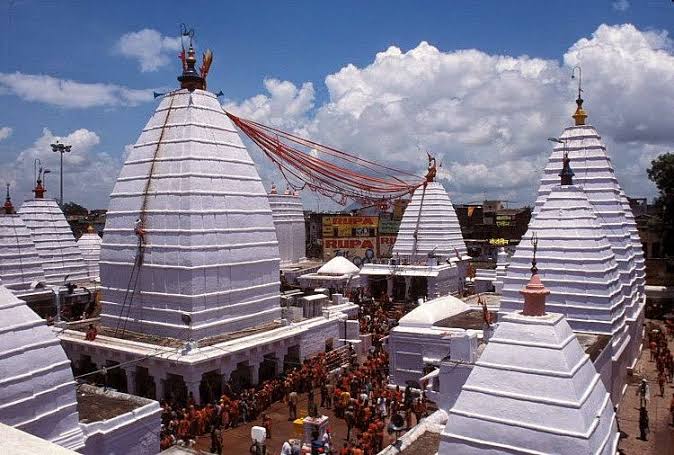
Significance: Known as the protector of devotees from poison and evil.
Legend: A devotee named Supriya was saved from a demon named Daruka after she prayed to Lord Shiva.
Highlights: The temple houses a 25-meter-tall statue of Shiva.
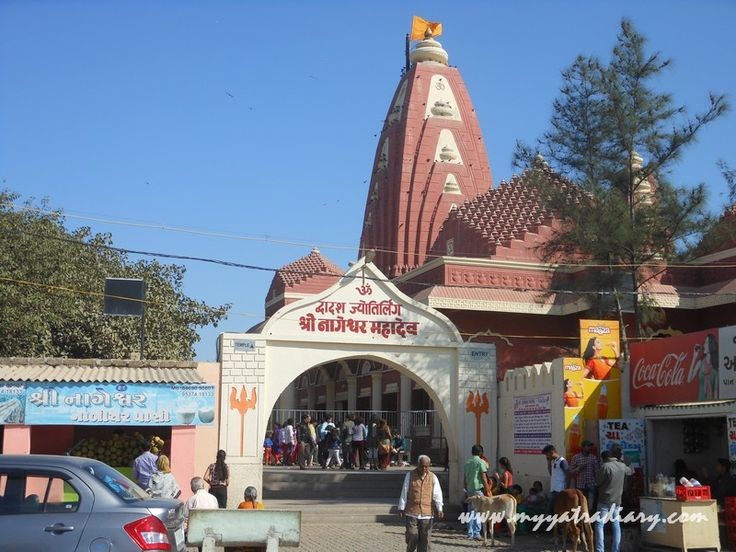
Location: Rameswaram, Tamil Nadu
Significance: Closely associated with Lord Rama and the Ramayana.
Legend: Rama worshipped Shiva here to absolve the sin of killing Ravana, a Brahmin.
Highlights: The temple is famous for its 22 sacred wells and its long corridors.
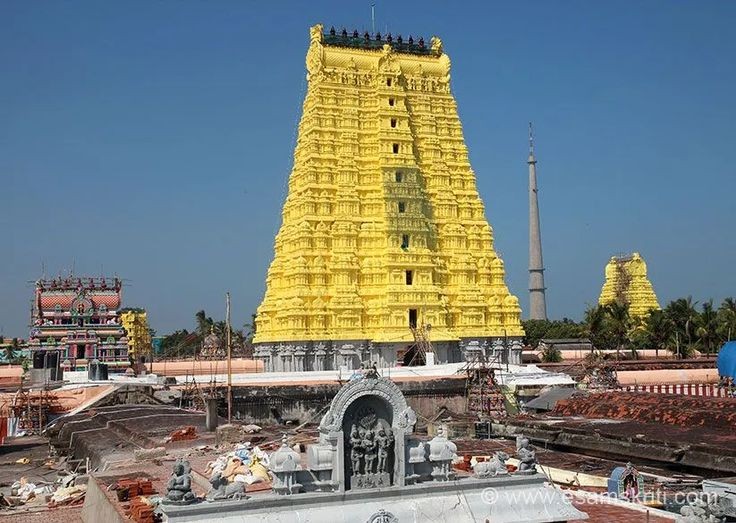
Location: Near Ellora Caves, Aurangabad, Maharashtra
Significance: The last Jyotirlinga in the list, close to the famous Ellora cave temples.
Legend: A devotee named Ghushma regained her son due to her devotion to Shiva.
Highlights: Rebuilt by Queen Ahilyabai Holkar, like the Kashi Vishwanath temple.
